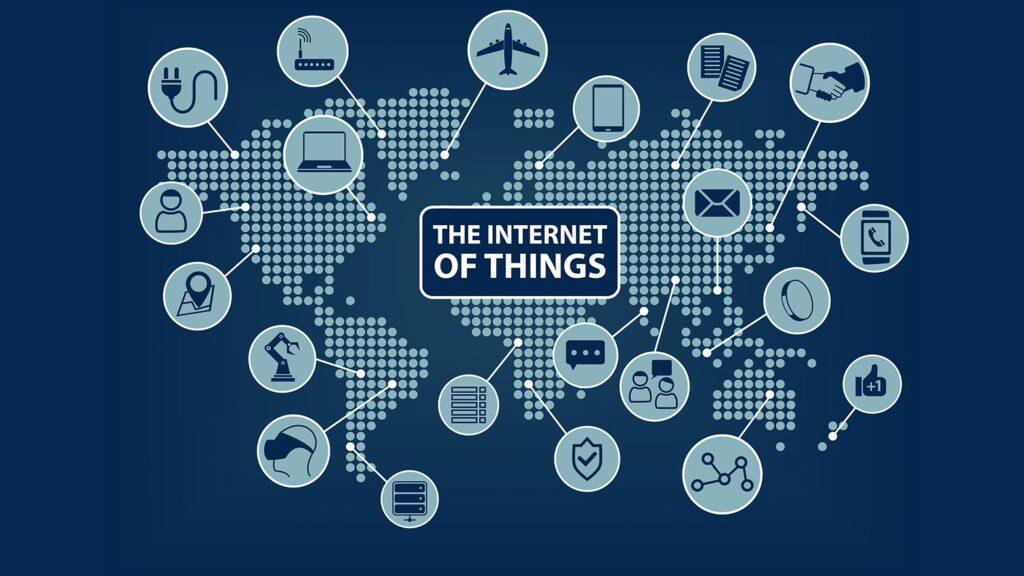The Internet of Things (IoT) is a revolutionary concept that refers to the interconnection of everyday objects and devices to the Internet, enabling them to collect, exchange, and analyze data.
Internet of Things technology extends the capabilities of traditional computing devices beyond computers and smartphones, integrating everyday objects into the digital realm.
This interconnectedness allows for seamless communication and data sharing. Leading to numerous applications in various industries and aspects of daily life.

How IoT Works:
IoT devices are equipped with sensors, actuators, and communication technologies that enable them to gather and transmit data. These devices can range from smart home appliances also wearable fitness trackers to industrial machines and autonomous vehicles.
The data collected by IoT devices is sent to cloud-based servers, where it can be processed, analyzed, and used to make informed decisions.
Applications of IoT:
IoT has found applications in multiple sectors, transforming industries also enhancing efficiency:
- Smart Homes: IoT enables homeowners to control and monitor their home appliances, security systems, and lighting remotely, making homes more energy-efficient and convenient.
- IoT devices, such as wearable fitness trackers and remote monitoring systems, help individuals track health metrics and provide medical professionals with real-time patient data for better care.
- Industrial IoT (IIoT): In manufacturing and industrial settings, IoT sensors also analytics optimize production processes, reduce downtime, and improve safety.
- IoT is transforming transportation with connected vehicles also smart traffic management, creating safer and more efficient networks.
- Agriculture: IoT applications in agriculture include precision farming. Where sensors monitor soil conditions also crop health to optimize irrigation and fertilization.
Challenges and Concerns:
As IoT technology continues to expand, there are several challenges to address:
- Security: IoT devices are susceptible to cyberattacks, and breaches can have severe consequences. Ensuring robust security measures is crucial to protect data and prevent unauthorized access.
- Privacy: The massive amount of data collected by IoT devices raises privacy concerns. It is essential to handle data responsibly also transparently, respecting user privacy.
- Interoperability: The vast diversity of IoT devices from different manufacturers can create compatibility issues. Establishing common standards is necessary to ensure seamless integration also communication.
Conclusion
The Internet of Things is reshaping the way we interact with the world, introducing new levels of connectivity also convenience. From improving daily tasks at home to revolutionizing entire industries, IoT is driving innovation and transforming our lives and work.
As IoT evolves, addressing security, privacy, and interoperability challenges is essential to fully unlock its potential and ensure safe, responsible deployment.
With proper attention to these concerns, IoT can keep driving positive change also improving our lives in the digital age. 온라인카지노사이트
